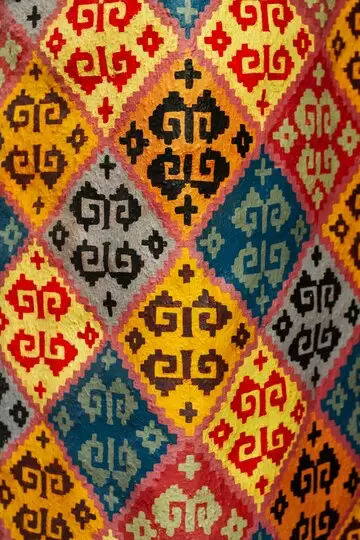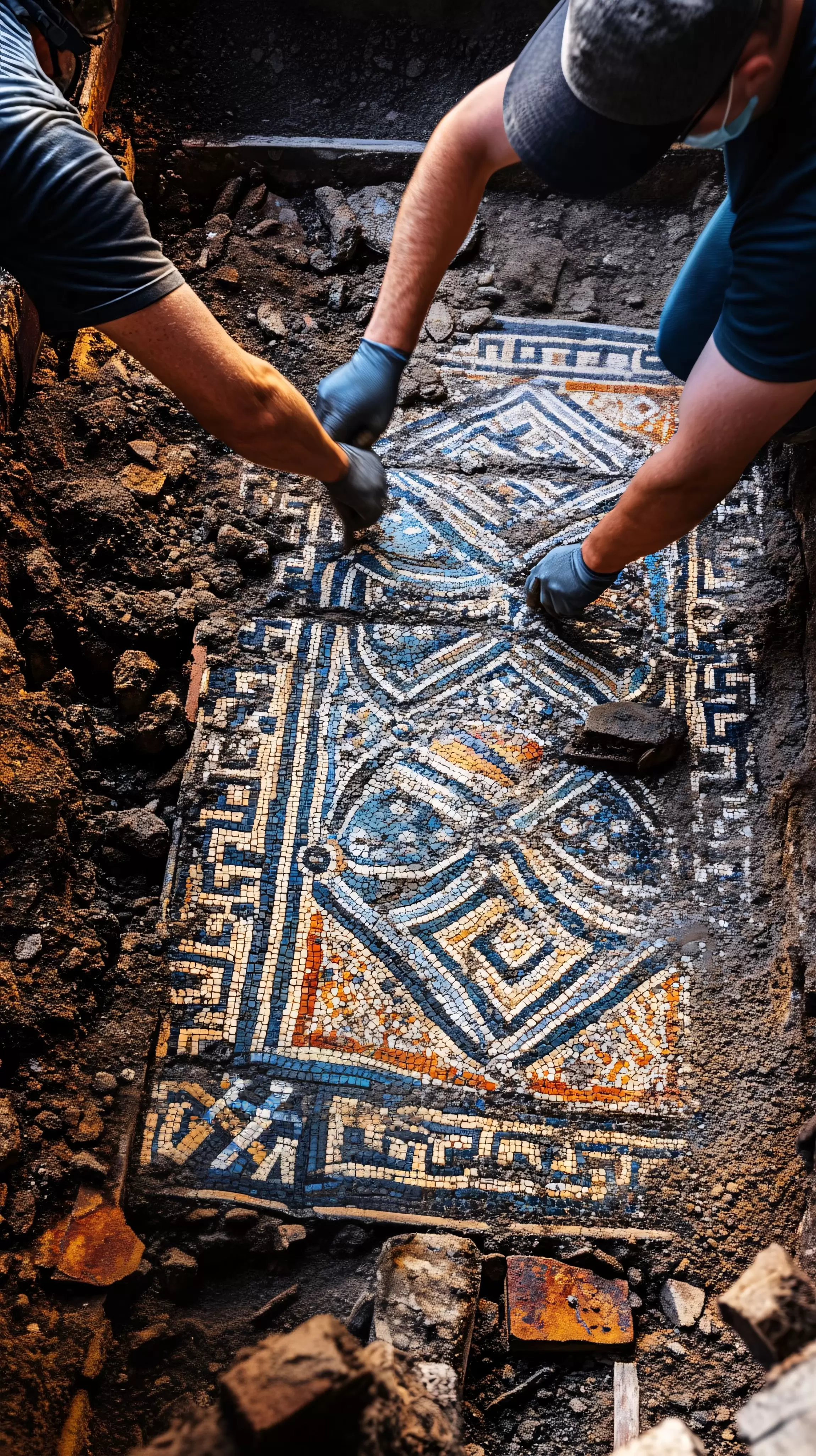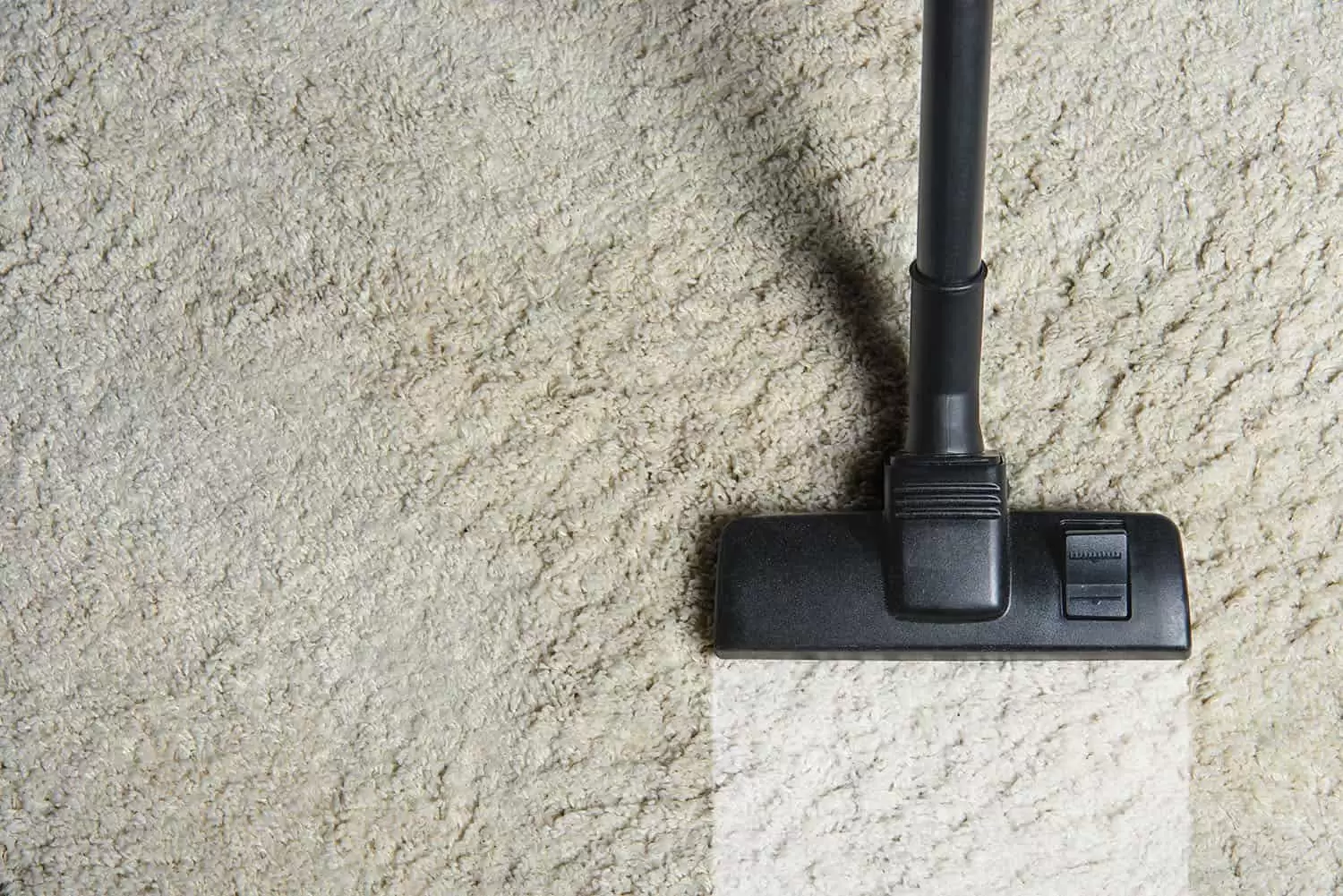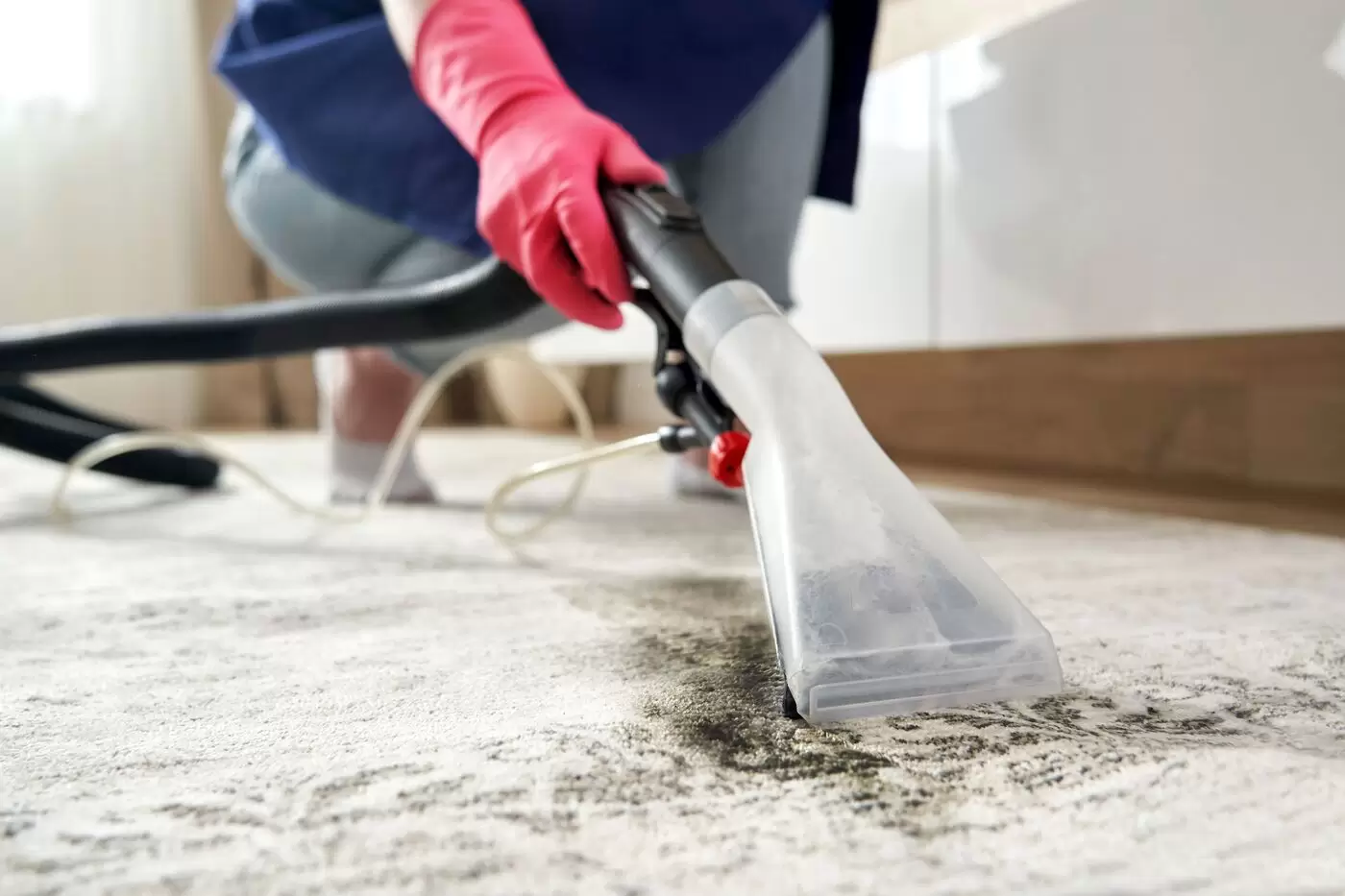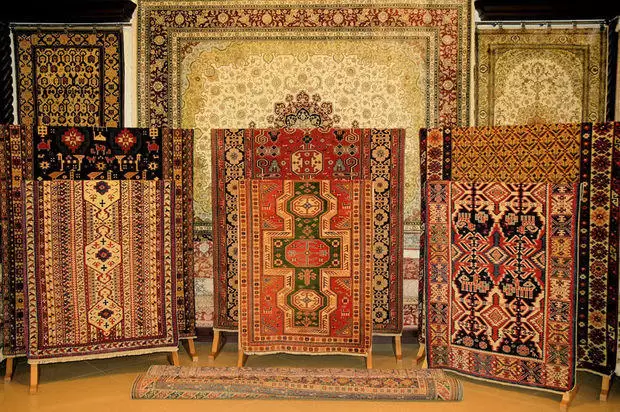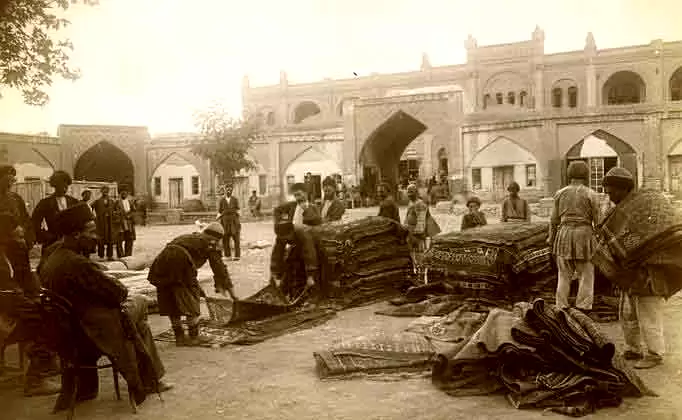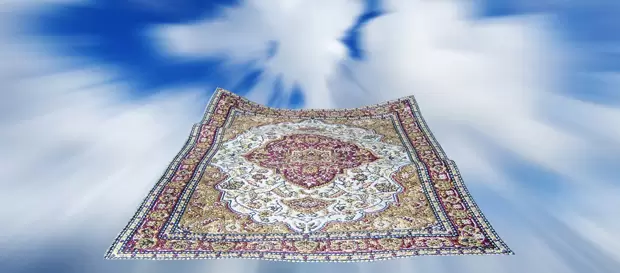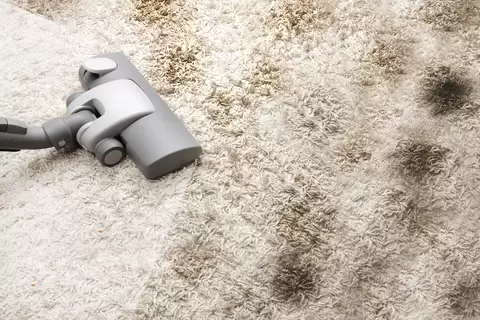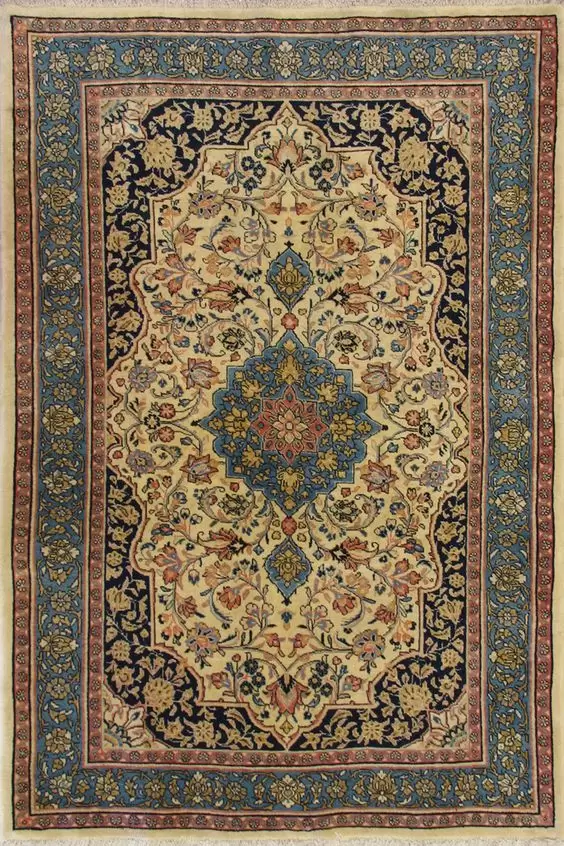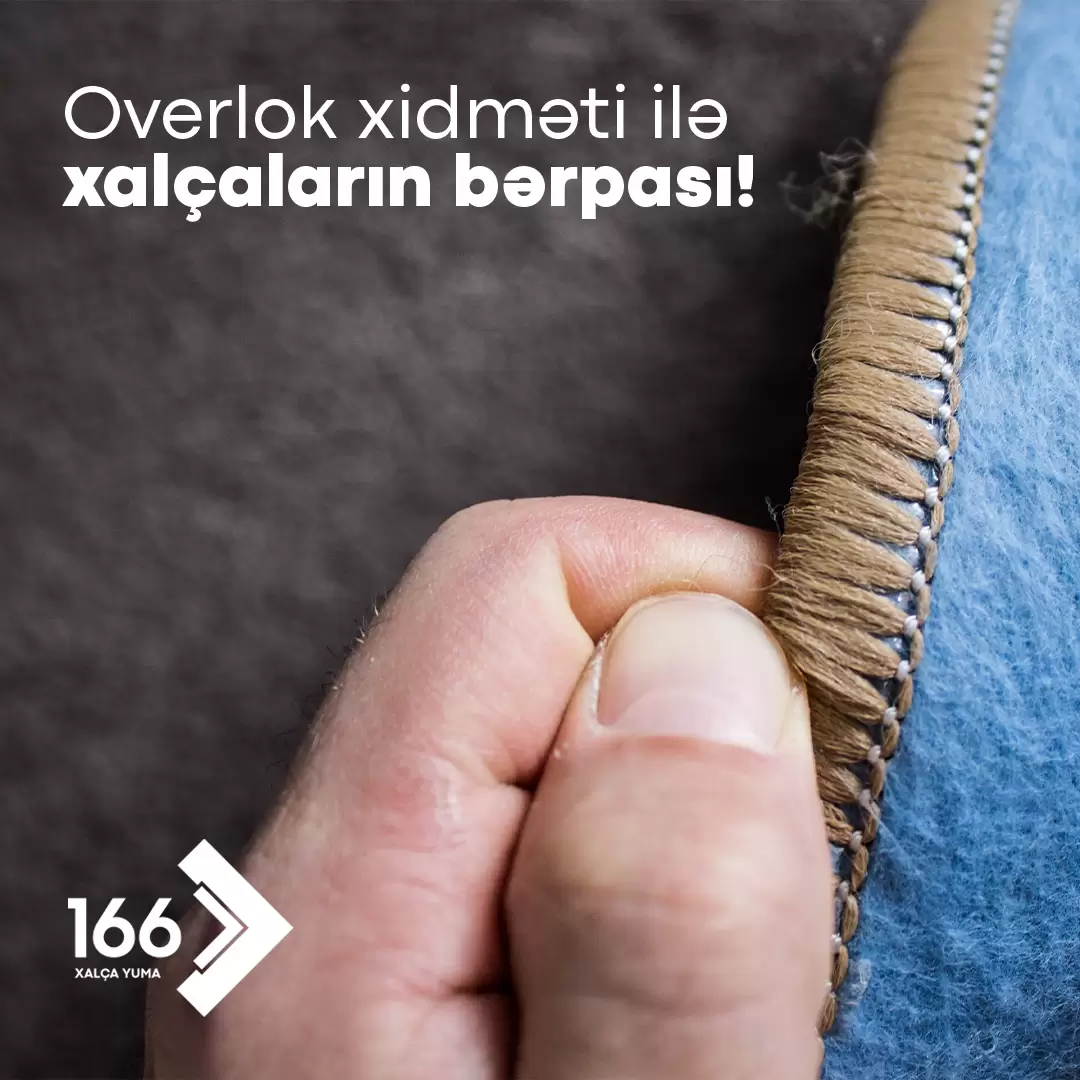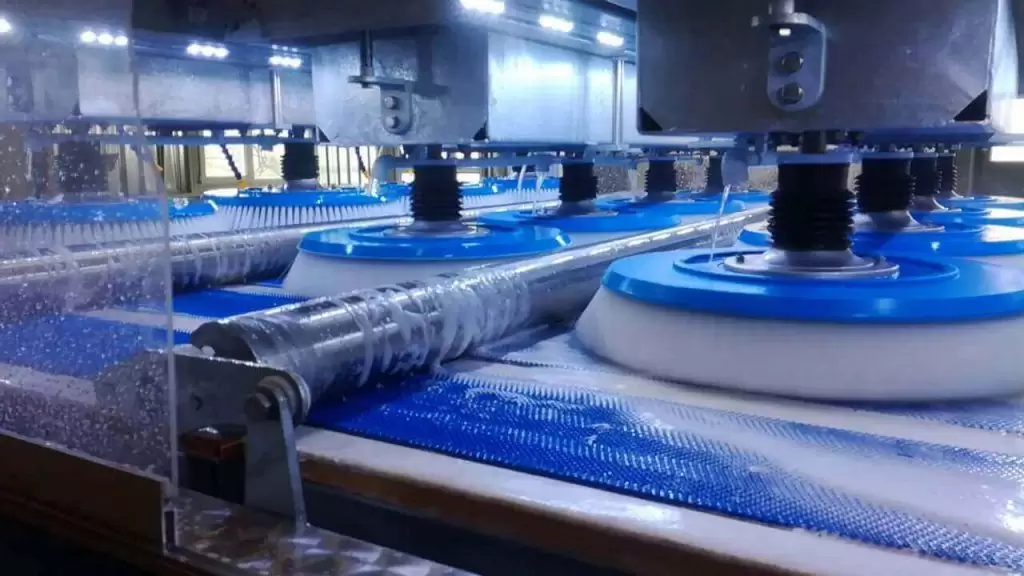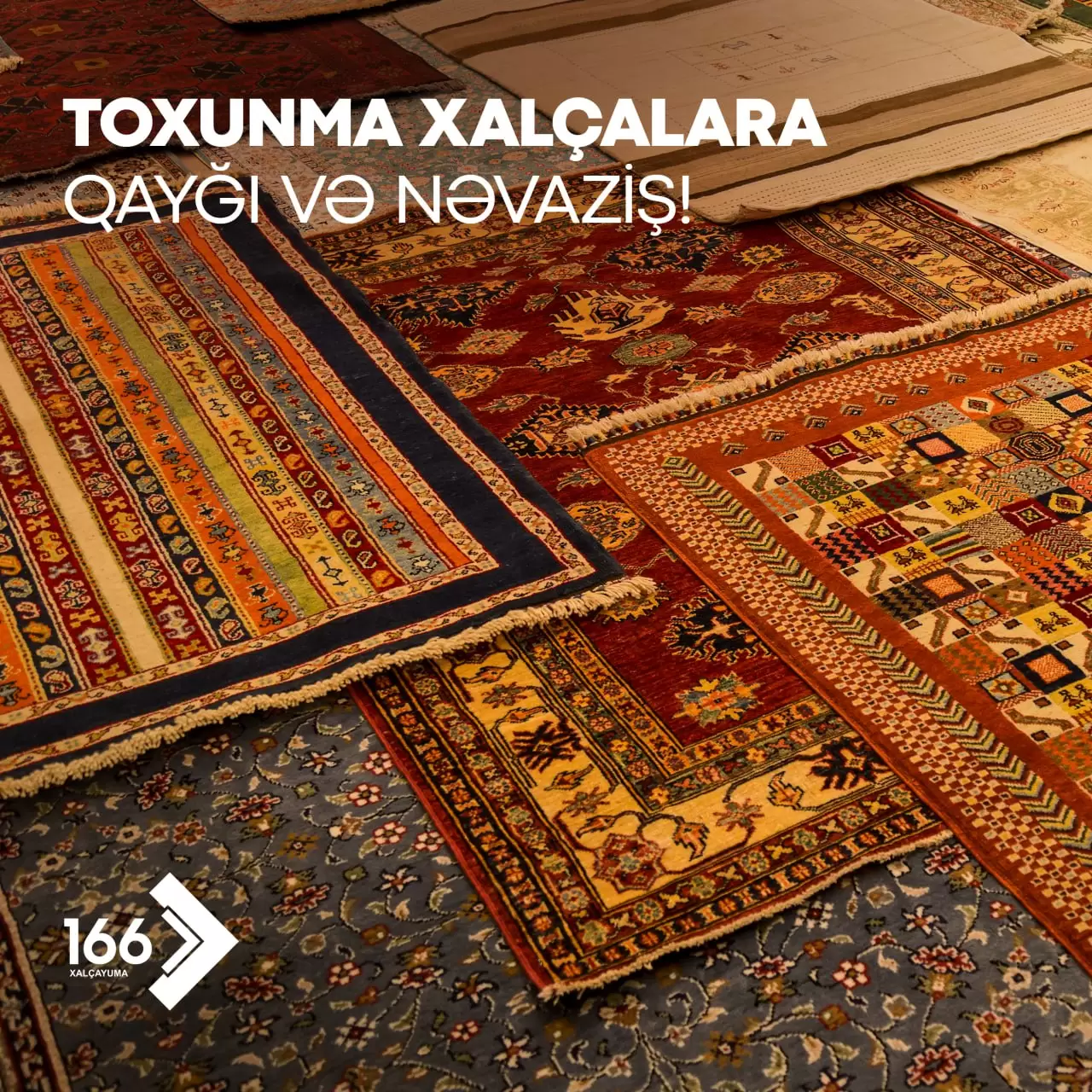Carpets, deeply rooted in the history of human culture, are not only a floor covering, but also an expression of culture and craftsmanship. The Pazyryk carpet is one of the oldest examples of this art, and its history, cultural significance, manufacturing process, and modern research are the focus of this blog.
Discovery of the Pazyryk Carpet
The Pazyryk carpet was found in 1949, in the Altai region of the Russian Federation, in the tomb of the Pazyryk rulers. Many valuable artifacts were discovered inside the tomb, including gold, jewelry, and a perfectly preserved carpet. The carpet is thought to date back to the 5th century and its discovery rewrote the history of carpet making.
Carpet Size and Weaving Technique
The Pazyryk carpet measures 1.8 x 2.7 meters and was found to have more than 1,000 knots. The carpet is woven from sheep's wool and silk thread. This weaving process shows the high skill of professional weavers in ancient times. The techniques used in the carpet later inspired many schools of carpet making.
Aesthetic and Cultural Content
The design of the Pazyryk carpet increases its aesthetic value. Various motifs on the carpet, including:
Animal Motifs: Horses, beasts of prey and other symbols appear in the center and edges of the rug. This shows the attitude of people towards nature and animals of the time.
Battle Scenes: The depiction of battle scenes on the carpet reflects the bravery and war culture of the Pazyryk people.
Geometric Patterns: Geometric patterns enrich the look of the rug and have influenced modern designs as well.
Cultural Significance
The Pazyryk carpet is not only a work of art, but also a historical and cultural symbol. It provides information about its history, lifestyle, culture, religious beliefs and daily activities of the Pazyryk people. The carpet was also seen as a symbol of power and played a role in decorating the horses used in battle.
Contemporary Studies and Heritage
In modern times, the Pazyryk carpet continues to be studied by many researchers and historians. New information is collected about the techniques of making the carpet, trade relations and cultural influences of the period. This proves that the Pazyryk carpet is not only an antique artifact, but also a rich cultural heritage.
UNESCO Recognition
The Pazyryk carpet is considered a cultural heritage protected by UNESCO. This means that its historical and cultural value is recognized worldwide. The preservation of these types of artifacts is essential to pass on our cultural heritage to future generations.
The Development of Carpet Making
The discovery of the Pazyryk carpet was an important turning point in the development of the art of carpet weaving. This carpet continues to inspire the art of carpet weaving in modern times. Inspired by the Pazyryk carpet, designers produce new carpets by combining ancient motifs in modern designs.
Cultural Tourism
The Pazyryk carpet also led to the development of cultural tourism in the Altai region. Visitors join tours to see this ancient work and learn more about its history. This has a positive effect not only on the local economy, but also on the recognition of the art of carpet weaving.
The oldest carpet in the world, the Pazyryk carpet is an important item that reflects the techniques and culture of carpet making throughout history. This carpet is not only a beautiful work of art, but also a historical legacy bearing traces of ancient cultures. The Pazyryk carpet remains an example of valuing our culture and heritage.
Additional Information
Ancient Weaving Techniques: The weaving techniques used in the Pazyryk carpet are still studied and practiced by various carpet makers in modern times. In particular, the use of these techniques in the production of handwoven carpets is increasing.
Influence on World Culture: The designs and motifs of the Pazyryk carpet have been reflected in other cultures. For example, similar motifs can be seen in the Islamic world and European carpets.
The role of the artisans: The artisans involved in the creation of the Pazyryk carpet did not just produce the carpet, but also kept the culture of their time alive. Their skills played an important role in the development of the art of carpet weaving.
The Pazyryk carpet reflects the roots of the art of carpet weaving and the richness of culture around the world. It also helps us in modern times to better understand the thoughts and lifestyles of people in ancient times.






.webp)







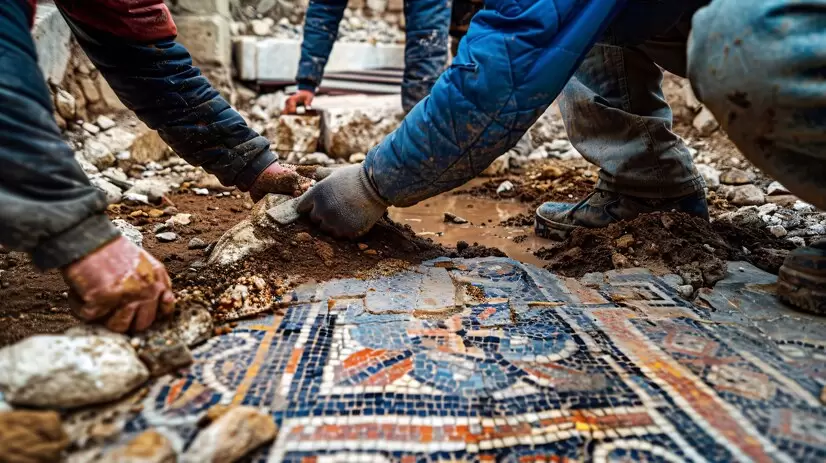


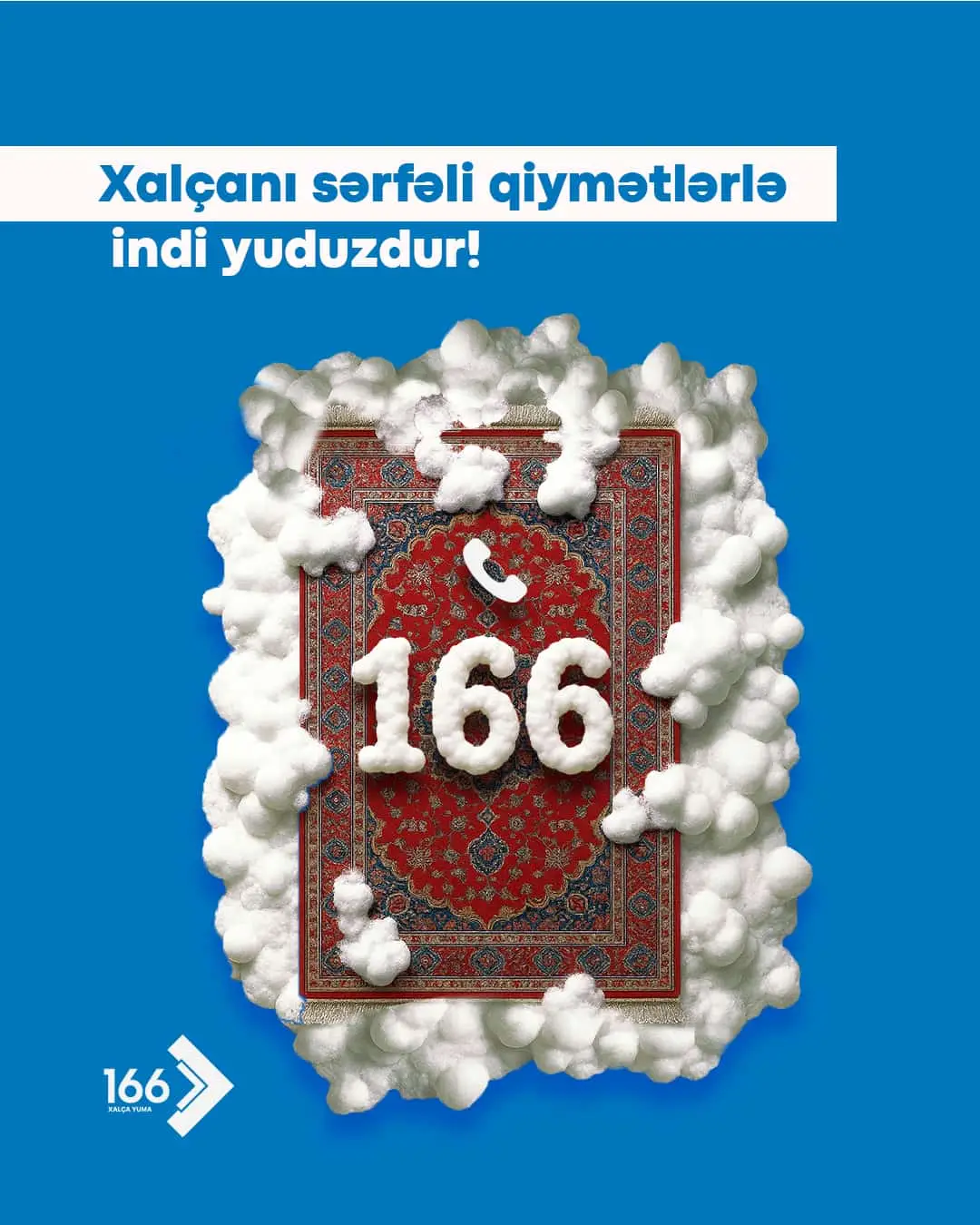
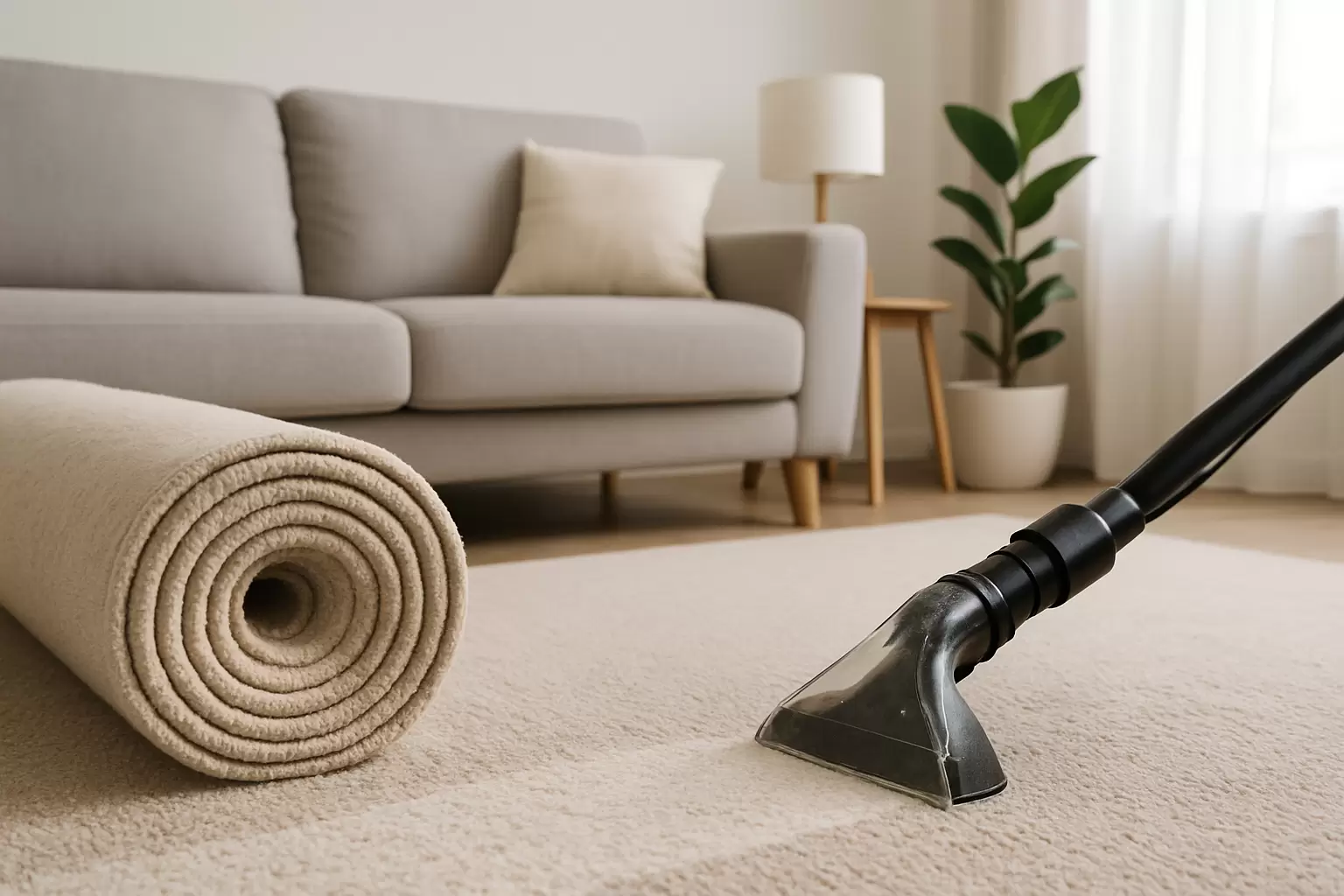

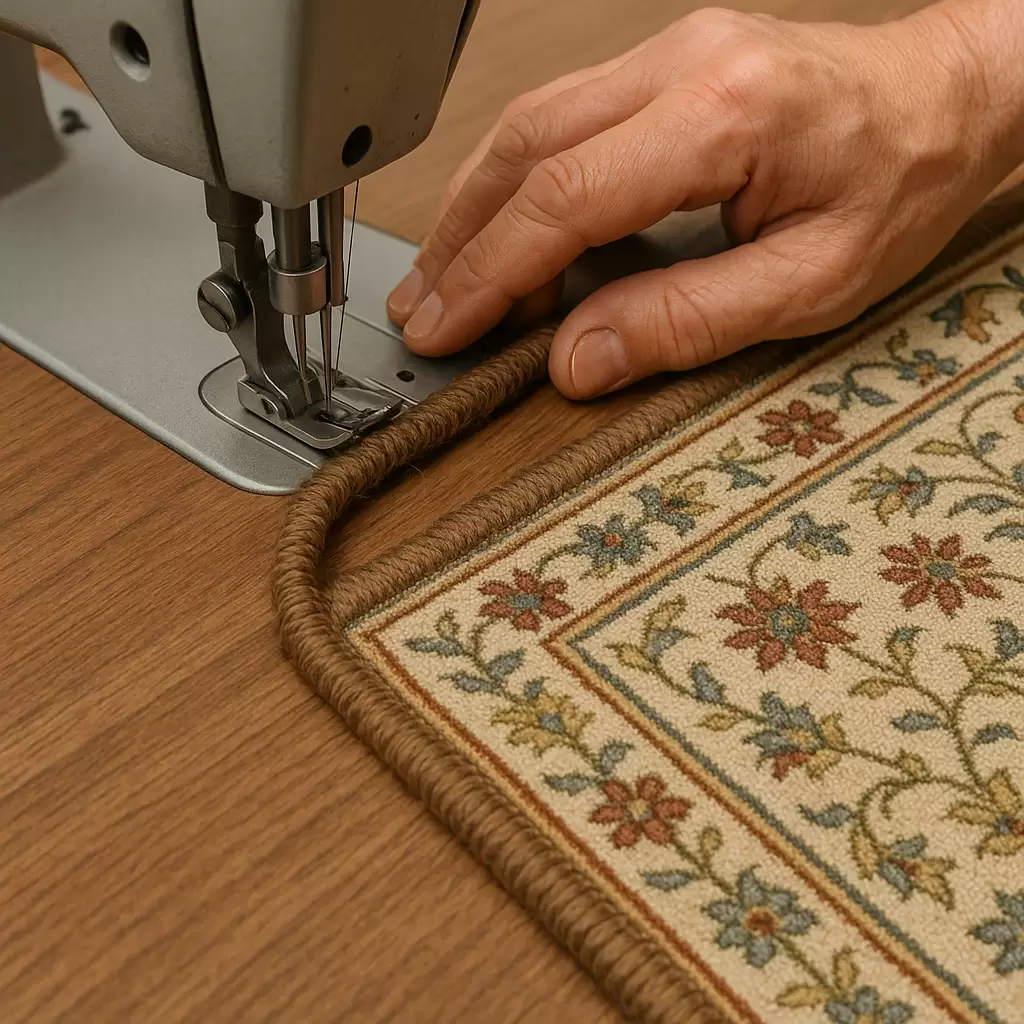

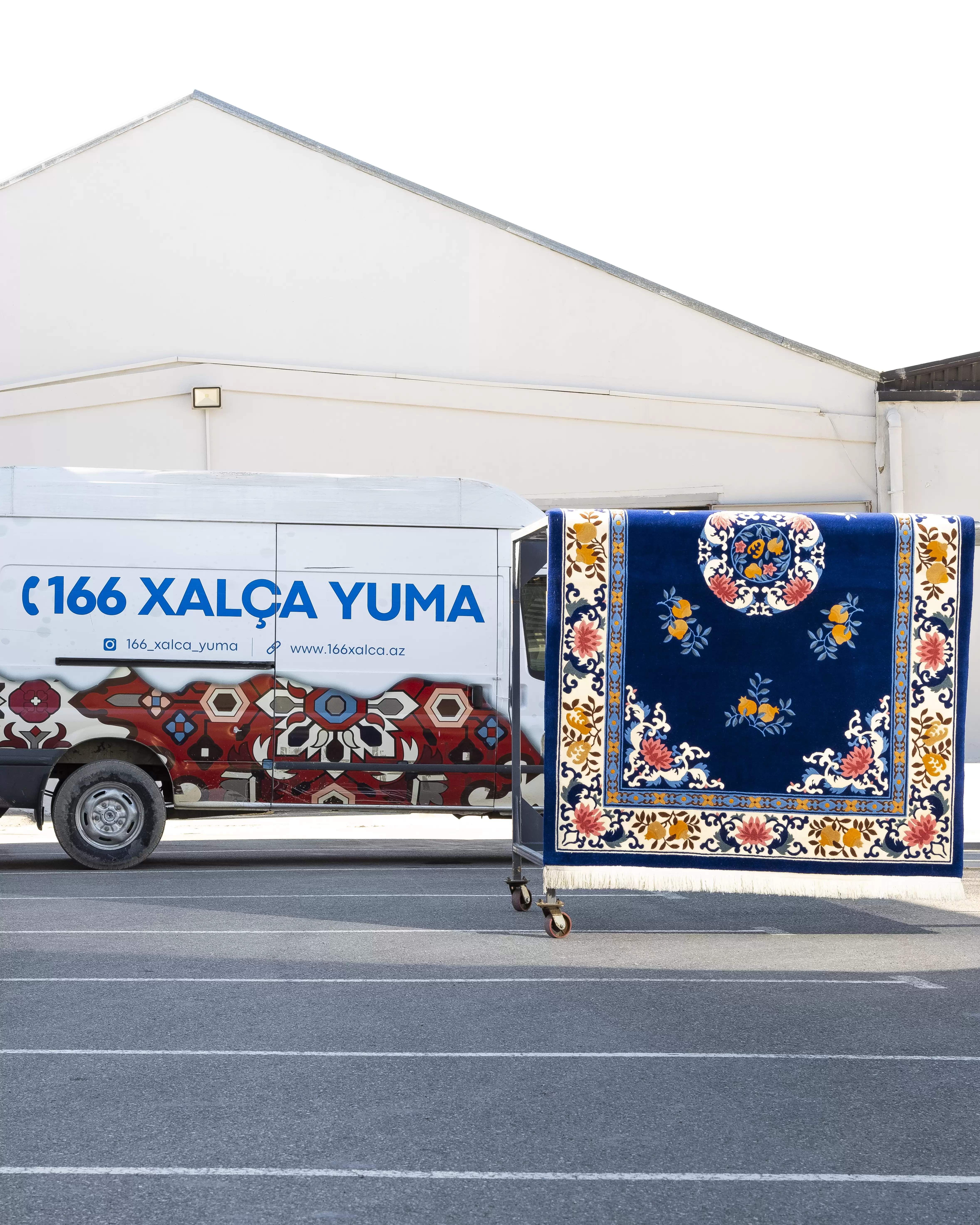


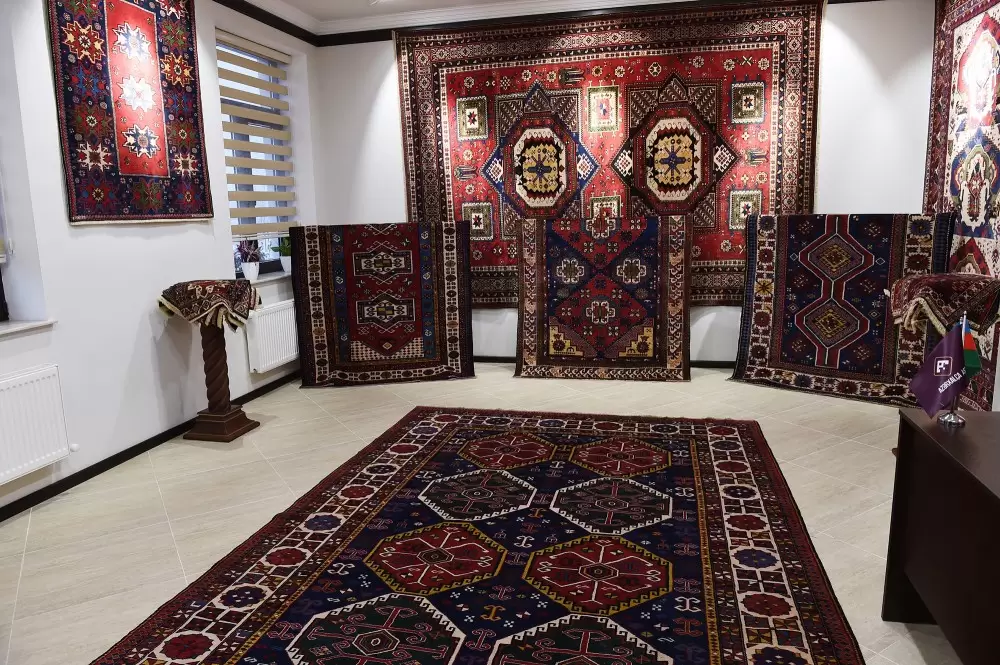


.webp)

